Electric energy is a paramount for the survival of the modern human being. Electric systems are everywhere around us, and they make life so much easier. If mishandled electricity can cause significant damage. Electric systems in our homes, factories, and streets need to be properly maintained to ensure they don’t pose any danger to be people around them. As such, it is important for these systems to be inspected from time to time.
Infrared thermography inspection is a modern inspection method that makes use of thermographic images. Infrared thermographic cameras are used to conduct inspections of electrical systems. In this article, we’ll explore how these seemingly ordinary cameras are special, and how they are able to reveal underlying details about the condition of various electrical components. We will expound more on the infrared thermography technology, and how it has brought ease to the process of inspecting electrical systems.
Before we get to how electrical systems are inspected, let’s first explore what Infrared Thermography is, and the science behind it.
What is Infrared Thermography?
All objects have the ability to emit or absorb heat through their surfaces. Heat, in the air, moves in form of infrared rays. The heat changes on the surfaces of objects cause infrared radiation. Infrared thermography is a process through which infrared radiation is detected. Infrared thermography has become a paramount aspect of building and structure inspections.
Infrared thermographic inspections are based on temperature differences between different surfaces. As mentioned above different surfaces emit radiation, but the intensity of the radiation varies depending of the type of object. As such, the results of infrared thermography are different for each surface or object. This differences enable inspectors to draw certain conclusion about the condition of these surfaces or objects.
In this article, we are going to focus on how infrared thermography is applied to the inspection of electrical systems. Electric systems, just like any other man-made systems are susceptible to wear and tear or breakdowns. It is important to ensure all electrical components and connections around you are kept in good condition. Faulty electrical systems are a safety hazard.
The flow of current along an electric system generates heats. Different electrical components and parts along the system generate different amounts of heat depending on their condition. Normally, when any part of the electric system is strained, it heats up excessively. It is such abnormal heating that inspectors, through the help of infrared thermography, would be looking for. An overheating element along the electric system is a clear indication of a fault.
Infrared thermographic cameras are cameras that are able to image these heat differences. These cameras display images of the objects being inspected on a screen in different colors depending on their amount of heat they are radiating. In the next section, we will explore the various types of infrared thermographic cameras used to conduct electrical inspections.
How Infrared Thermographic Inspections Are Conducted on Electrical Systems
In most instances, electrical conductors and parts will be hidden away from sight. They’ll be behind walls, under floors, or above the ceilings. Infrared thermographic cameras are able to image all electrical parts without having to demolish and part of your wall, or climbing into the ceilings. It is best that the inspector has the layout or circuit of the electrical system of the building.
Electrical systems are conducted while on load. The flowing current augments the temperature differences of the different electrical components quite clearly. Faulty parts tend to cause resistance to the flow of current. These parts often appear orange or red when imaged with an infrared thermographic camera.
The inspector captures images all across the electrical system, and takes time to analyze them and make conclusions. This is where the experience of a seasoned infrared thermography inspector is required. Anyone including you can capture thermographic images of your electric system. Some knowledge and skills are necessary to be able to draw conclusions from the images though.
The process of analysis is not complicated though. In a few minutes, your inspector will be able to show you any possible problematic areas along the system, and recommend appropriate solutions. It is important to ensure the inspector you are working with is certified and reputable.
The benefits of commissioning an infrared thermographic inspection on your home or business premises are immense. As mentioned earlier, it is not just about avoiding power breakdowns, but also about keeping everyone around these systems safe. Let’s explore some of these impressive benefits.
Types of Infrared Thermographic Cameras Used for Electrical Inspections
There are many brands of infrared thermographic cameras on the market today. They all work using the same concept of heat differences on the surfaces of different objects. Infrared thermographic cameras can be categorized in two ways. They can be categorized according to the size of radiation wavelength they can image, or according to the type of infrared detector they have.
Infrared thermographic cameras said to be either long, mid, or short wavelength. They can also be categorized as un-cooled or cryogenically cooled. Long wavelength and cryogenically cooled cameras are the best because they have a large spectral range, and are quite sensitive. They will deliver sharper images and more accurate readings than the rest. We explore each type in a bit of detail below.
Size of Wavelength
Short Wavelength Infrared Cameras
Short wavelength infrared cameras are used to capture thermographic images of objects that emit radiation of short wavelength. These cameras are designed to detect any radiation that within the spectral range of 0.9 and 1.7 microns. The cameras are usually high resolution since the mention spectral range is incredibly close to that of the visible light spectrum. The cameras produce images that have much less shadow and impressive contrast.
Mid Wavelength Infrared Cameras
Mid-wavelength infrared cameras are used to measure high temperatures. They capture radiation with wavelength in the middle range. The cameras will capture any radiation that is anywhere between the range of 2 and 5 microns. These cameras are able to capture pretty decent images. The mentioned spectral range has a lot of atmospheric absorption which causes the images to be a little bit blurred. Such images usually have lesser details, although they can still adequately provide the information being sought. Mid-wavelength cameras are the best for inspecting electrical components, especially high current load circuits.
Long Wavelength Cameras
Long-wavelength cameras are the best when it comes to clarity of thermographic images. The images captured by these cameras are always high quality and have plenty of detail. These cameras will detect any radiation that is within the range of 7 and 12 microns. The cameras are also quite accurate with their temperature measurements. The mentioned spectral range has very minimal atmospheric absorption, and hence the sharp image and accurate measurements.<?p>
Infrared Detectors
As mentioned above, infrared thermographic cameras can also be categorized according to the type of infrared detector that they have. Infrared thermographic cameras can either be un-cooled or cryogenically cooled. Un-cooled cameras are those that have their infrared detector enclosed in a chamber that stays at room temperature. The cameras are best for simple applications where general images and approximate temperature measurements are needed.
Where sharper images and more accurate readings are needed, cryogenically cooled infrared thermographic cameras are the best bet. These have their infrared detectors locked inside a cooled chamber, of approximately 32 F. At this temperature the detector is more sensitive and the images and readings obtained are much more accurate.
Benefits of Electrical Infrared Thermographic Inspections
As we’ve already mentioned, electrical infrared thermographic inspections are conducted while the electrical system is on load. This means that you do not have to switch off power to be able to conduct inspections. This is very important especially for commercial settings. It means there will be no power loss and hence operations are not interrupted. Also, being able to identify impeding faults means that repairs can be done at appropriate times, to avoid possible downtimes when worn-out or strained parts finally breakdown.
Infrared thermography is arguably the safest way of conducting electrical inspections. The electrical components are imaged from a distance. Some electric circuits, especially those in large processing plants carry current to the tune of hundreds of kilowatts. Getting anywhere near that kind of current is quite risky. Any small mistake could have fatal consequences. Infrared thermography ensures the inspector does not have to worry about that. The infrared thermographic cameras will capture clear images from a safe distance.
Infrared thermographic cameras are also able to capture images of electrical parts that are hidden from sight. Electrical conductors and many other parts of the system will always be inside the walls and in the ceilings. The inspector does not need to demolish any wall or climb into the ceiling to access them. He/she just needs to know their location, and use the infrared thermographic camera to image them. Also once the report of the inspection is out, it makes it easy for the technician to make repairs. The technician will already know where the fault it, and if any demolitions are necessary, they will be minimal since no guesswork is involved.
So, why is it necessary to conduct electrical infrared thermography inspection from time to time?
Importance of Electrical Infrared Thermography Inspection
As indicated earlier, no man-made system is immune to wear and tear. Inspections are the only way to establish the whether your electrical system is in good condition. Infrared thermography inspection can be used to determine whether a new electrical system is working properly. Below, we discuss a couple of scenarios in which infrared thermography inspection can help ensure you do not have to incur extra costs on your electrical systems.
After your home or building has been fitted with a new electrical system, you need to ensure it is working properly. A new system ought to be working seamlessly and no part of the system should appear stressed. Infrared thermographic inspections will help identify any sub-standard parts in the systems, or any wrong connections. Ultimately, this will save you from incurring repair costs, and reduce the risk of electric fires. Wrong electric connections can easily cause fire.
If you are planning to buy a home, you need to ensure all systems in it are working properly. It is very important that you get the electrical system in the house inspected to ensure that it is in good condition. House sellers are notorious with making quick patches on various parts of a house just to make it look perfect. Everything might appear to be in good condition to your naked eye, while most systems are on the very of a breakdown. Infrared thermographic inspections will ensure you have the actual picture of the condition of the electrical system in a house before you buy it. This allows you to request the seller to make the necessary repairs before they sell the house to you.
Factories and processing plants use a lot of electrical energy. Electrical systems in a factory or process plant are often quite sophisticated. A simple fault can cause a major breakdown, and take ages before technicians can locate it and do the necessary repairs. Frequent infrared thermographic inspections are therefore quite essential in such a setting. As mentioned earlier, the inspection does not necessitate a power shutdown. Infrared thermographic inspections ensure that the electric system in a factory is kept in perfect condition at all times.
We could go on and on about the importance of electrical infrared thermographic inspections. The bottom line is these inspections go a long way in ensuring your electrical systems are working properly and safely. Power breakdowns and faults can cause massive damage or loses. The repairs also come at a hefty cost, as compared to conducting the inspections and doing what’s necessary to avoid any breakdowns. You can order your own infrared thermographic camera, but you need the expertise of a professional building inspector to interpret the thermographic images. It is not rocket science though. You can learn the ropes of conducting the inspection quite quick if you put your mind to it.

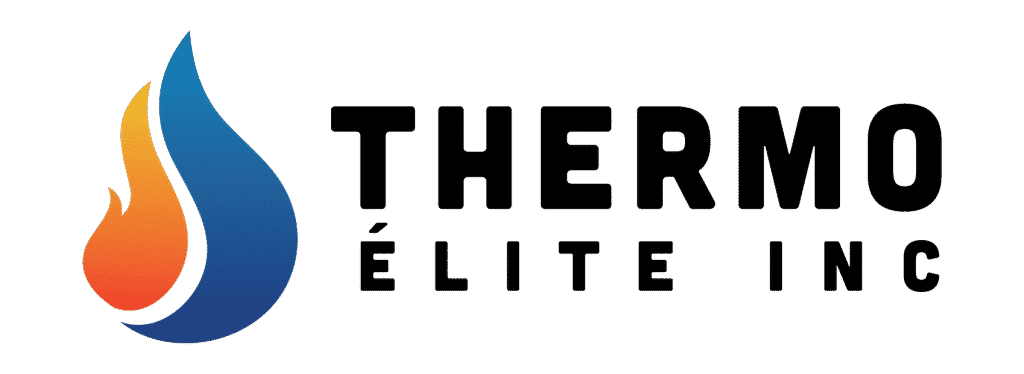

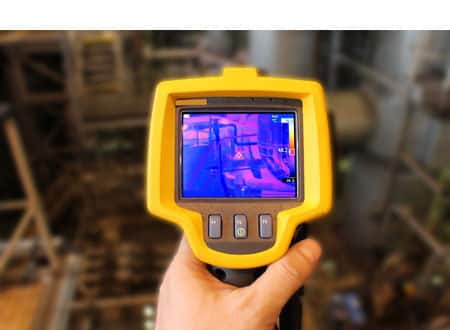
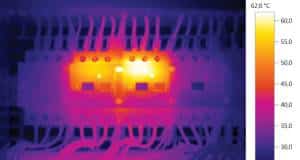
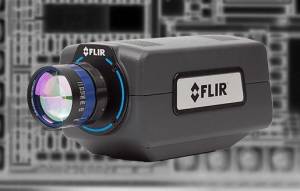
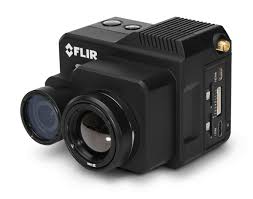
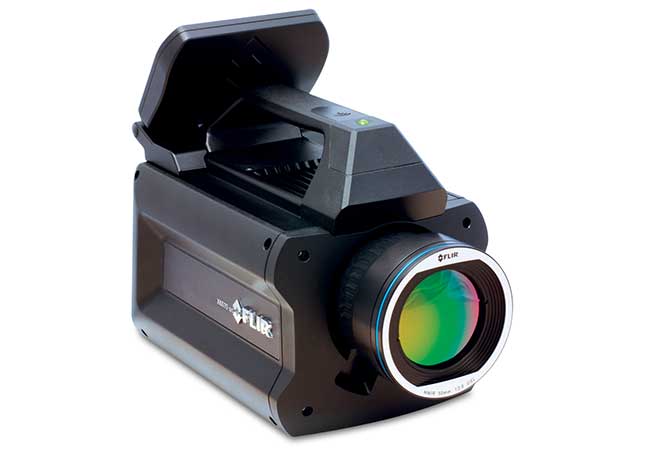
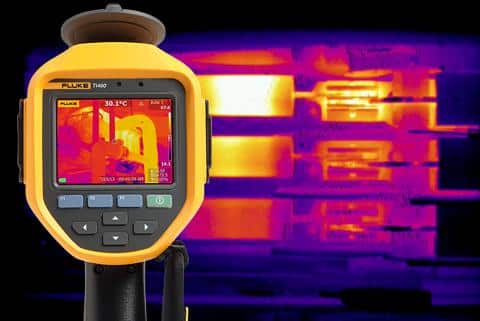
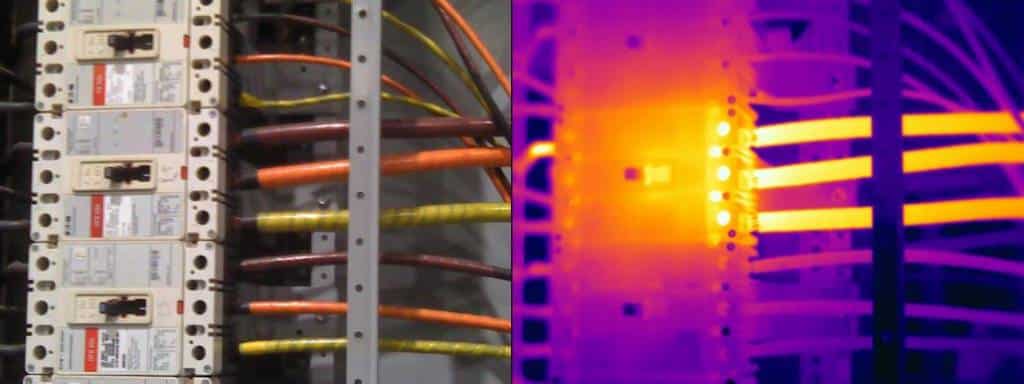
Add Comment